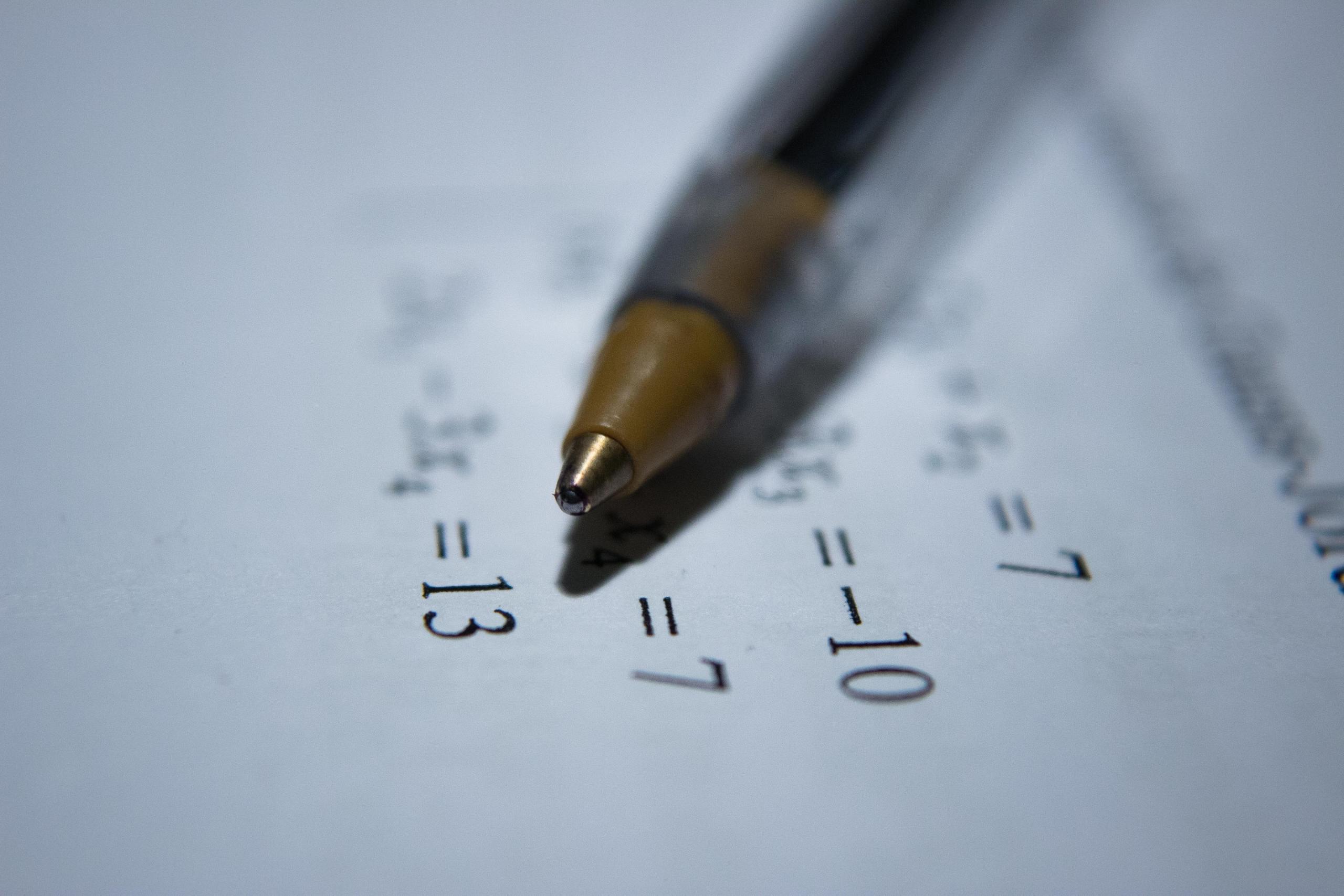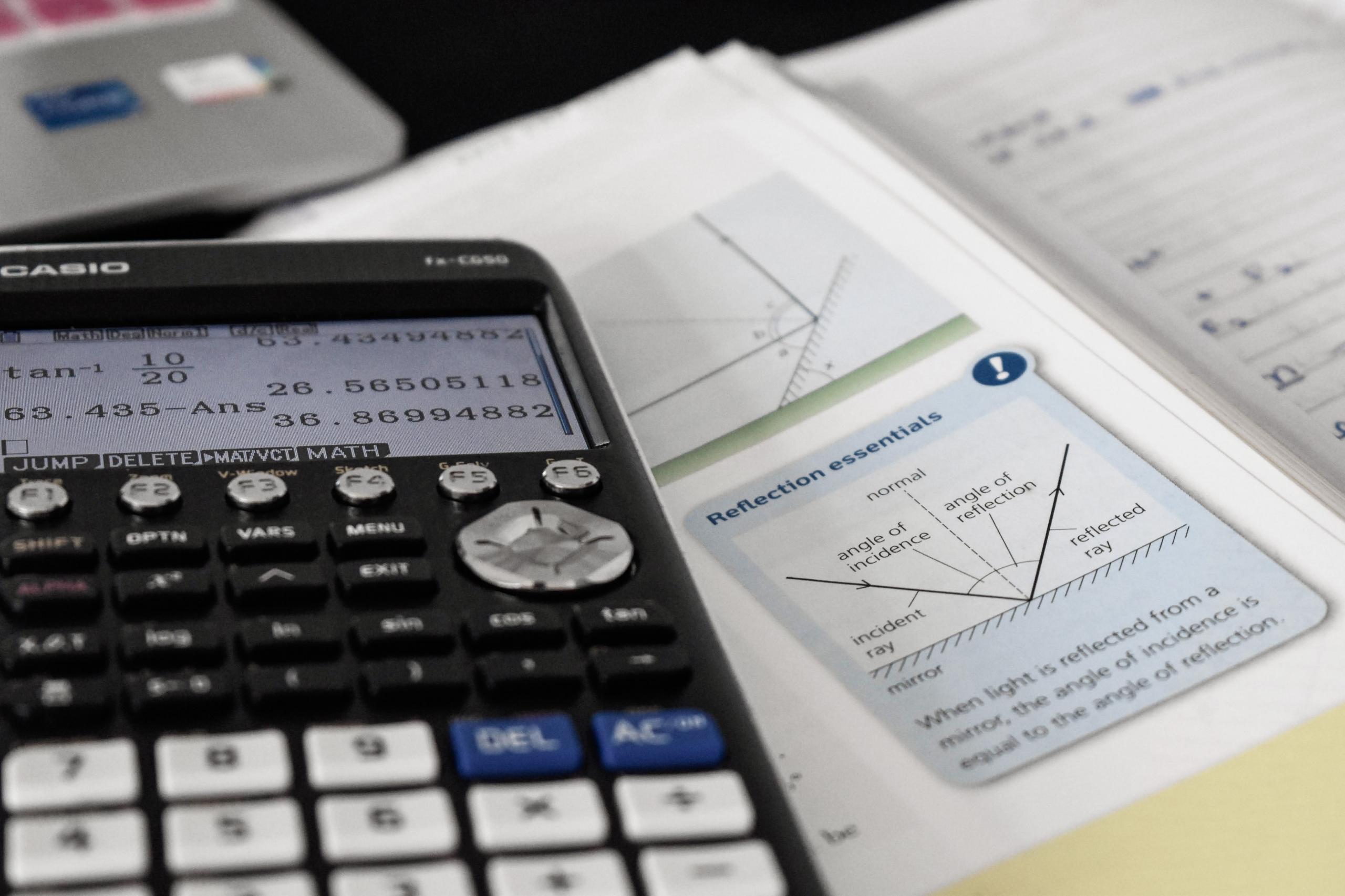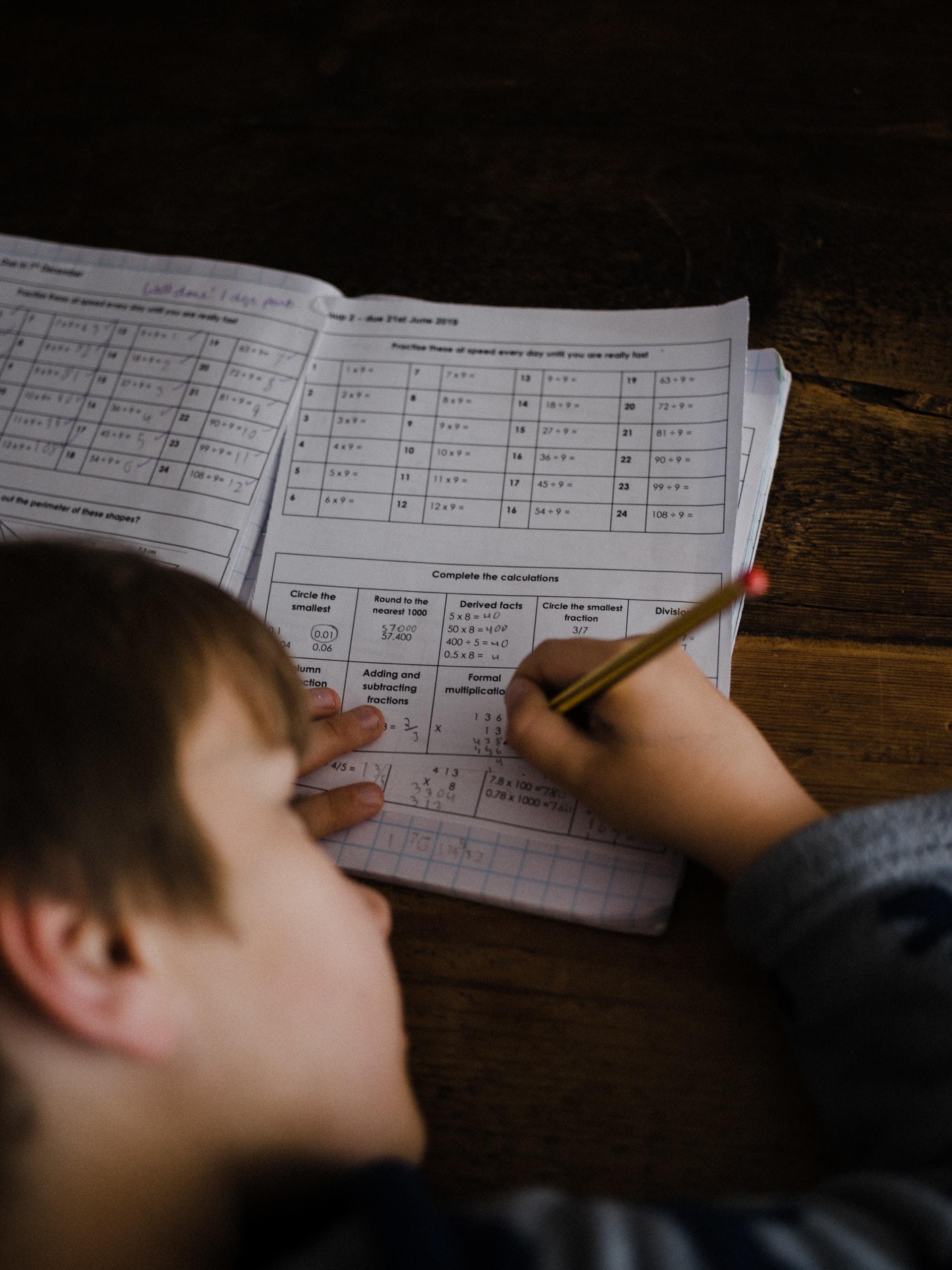In order to understand the level 2 National Certificate of Education Achievement (NCEA) syllabus, it helps to understand where the objectives come from. The New Zealand Aotearoa education system is built around the New Zealand Curriculum. The New Zealand Curriculum may be something you have heard of but it is not as well understood compared to the NCEA system. The Curriculum focuses on the skills students are expected to possess for each year within the New Zealand Aotearoa educational system from level 1 (year 6) to level 8 (year 13). It provides guidance to schools and also sets the direction of student learning in New Zealand Aotearoa.
This framework creates consistency within our education systems and gives schools the ability to decide how to teach these skills through different contexts. This document is very important but is also unique as it explains what skills need to be taught, but does not demand one way of teaching them. This is why students have learned different ways of doing the same thing depending on the school and even the teacher they had. NCEA is different as it requires students to be tested in the same manner under similar or the same conditions depending on the assessment.
Discover how you can pass NCEA level2 maths here on Superprof.

So think of the Curriculum as a car and your NCEA assessments as the petrol or electricity station. The car helps you get to where you are going but in order to travel the distance, you need to stop off at the station to refill. The Curriculum informs you of what skills you need and the NCEA system checks to see how well you have acquired them. Often students will do the same internal assessments in the same subjects as other students from different schools, but when they do it or the context within the assessment may be different. All students are learning the same skills, but the skills may be being taught and applied in different situations.

NCEA Level 2 Maths Course
Throughout level 2 there are six main areas you will concentrate on and develop your skills in. The idea is that these topics will be explored in meaningful contexts (so ideally there won’t be any talk of having 40 watermelons unless it is a problem built around agriculture or economics). The focus is that students learn new and different concepts within a range of topics such as; patterns and relationships, equations and expressions, calculus, probability, carry out statistical investigations and have the statistical literacy skills needed to evaluate.
An understanding of these topics will enable students to complete a range of different NCEA assessments throughout the year. There are 14 maths assessments available but schools do not offer them all. Why not, you may be asking. The sheer amount of time needed to teach, complete, and revise for each assessment is just too much. There is also the work of your other subjects to factor in, the workload would become incredibly difficult to manage.
Search for NCEA level2 maths past papers here.

All of these topics listed above come from the New Zealand Curriculum. As a student or a guardian of a student, this is a document designed more for schools and educators, so there is no pressure for you to constantly refer back to it. It provides the start point for a range of subjects. The how, where, when, and why are provided by schools. This information is summarised in the handbook given by schools at the start of the year. If you would like more details about the course, get in contact with the head of the maths department. There is no set way to teach these subjects so keep that in mind if you are comparing the courses of different schools.
The topics within the maths course are familiar if you have completed NCEA level 1 maths. The idea is that you continue to study similar topics but you expand on your skills to solve equations and learn new or add more detail to different concepts. This includes the use of graphics calculators. Graphics calculators will be used for both internal and external assessments, it is worth noting that like in level 1, the graphics calculator's memory will be wiped before the external exam. This means when you are revising, make sure you are revising from start to finish as any of your stored data will no longer be available to you during the exam.
NCEA Maths Level 2 Internal Assessments
NCEA internal assessments are done during the year, at the end of a topic. These assessments usually take more time and are completed over a series of lessons and even at home. They usually require the gathering of data (there is always an internal statistics assessment) and then the evaluation of your recorded data. The amount of NCEA credits varies between schools and your choice of subjects. Usually, maths offers between 14 and 22 credits depending if you have chosen to do maths internally or a mix of internal and external assessments.
Read about why NCEA maths level2 is important here.

Within the internal option, some schools offer two streams, one is where you are offered fewer assessments (so fewer credits) but you have more time to learn the topics and concepts. There is usually a mix of unit standards, where a student can gain achieved or not achieved, and assessment standards, which offer the possibility of passing with merit or excellence. With this particular path, it is usually chosen by students who do not wish to continue on to level 3 maths. The alternative is where there are more internal assessment standards available but the course moves through the topics at a faster pace. If you are unsure what is best for you, speak to your teacher, dean, or the head of the maths department.
NCEA Maths Level 2 External Assessments
If you are looking to do level 3 maths with the possibility of continuing on with maths at university, it is recommended to take Level 2 maths with internal and external assessments. In regards to credits, this course usually offers around half of the credits as internals and the other half in the external exam. There is one external exam with three external exam papers that focus on algebra, calculus, and probability. Together they offer 13 credits however it is not compulsory to complete all three assessments. For more information on the external exams, check out our guide on past exam papers.
For students unsure if you are going to complete all three, keep in mind that assessments that are not written on are considered standard not accessed (SNA) rather than not achieved (NA). In order to receive an SNA mark, the paper must be completely blank, any marks on the paper are considered an attempt. I wouldn’t recommend actively taking this route though. If you have the time, you should attempt all the papers.
Learn about how you can understand NCEA Level2 maths questions here.

Pay attention to the course requirements for level 3 maths. Some schools require students to have gained at least 14 credits at level 2 in order to continue on to level 3. This means you will have to do at least one external exam in order to get the required 14 credits. If you feel that external exams are difficult for you, speak to your teacher about the internal course. You will still be doing assessment standards with merit and excellence, it is about choosing what works best for you and your style of learning.
Looking for more Support for NCEA Level 2 Maths?
The easiest way to set yourself up for success is to show up to your lessons (that one is very obvious) and to understand the work as you are learning the topic rather than trying to revise before an assessment. If there are areas where you are unsure of what you are learning or what direction to go in, ask! Deans, teachers, and guidance counsellors are all there to help you succeed in your chosen course. So make the most of it.
For those of you who wish to get additional support or work towards a merit or excellence endorsement, Superprof has a wide range of tutors available at a click of a button. With a wide range of skills and availability, you can choose a tutor to support you throughout the year or even just for short durations like just before an assessment or an exam.
Résumer avec l'IA :















